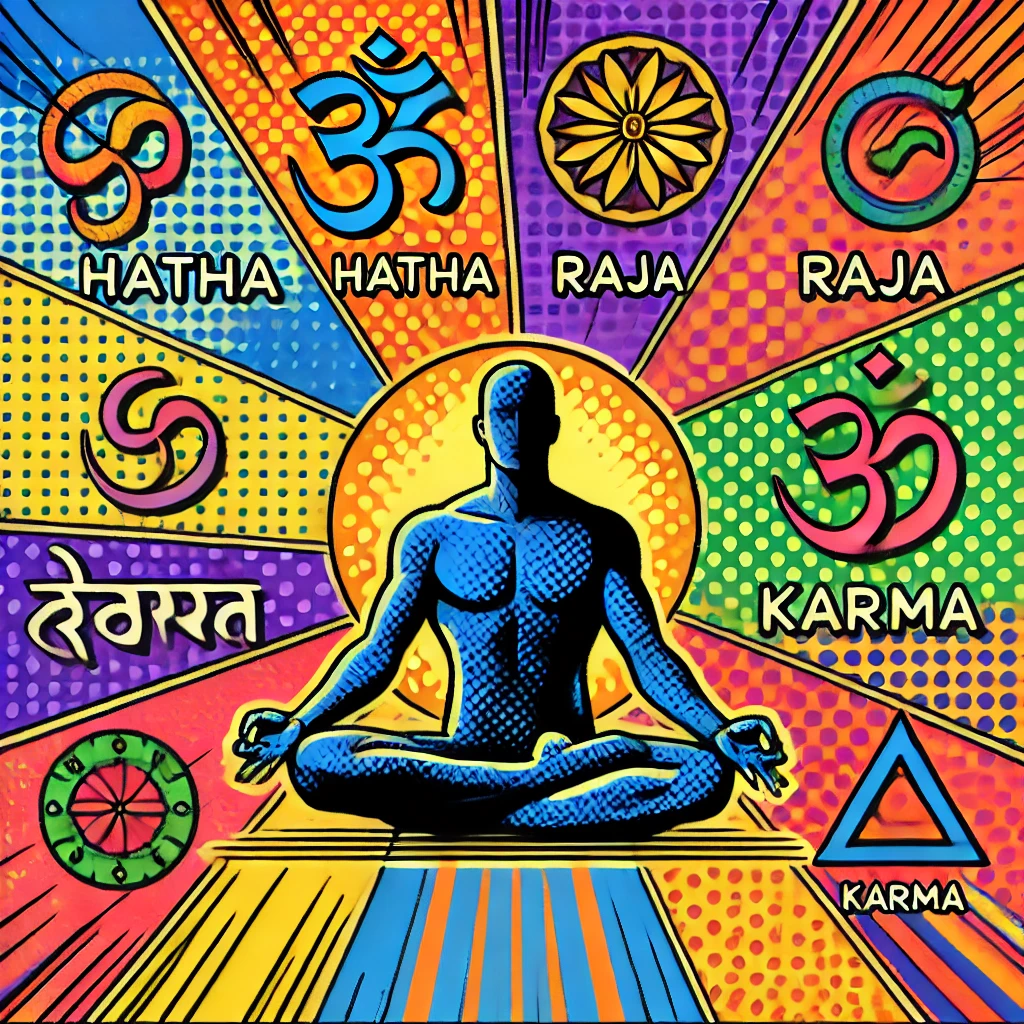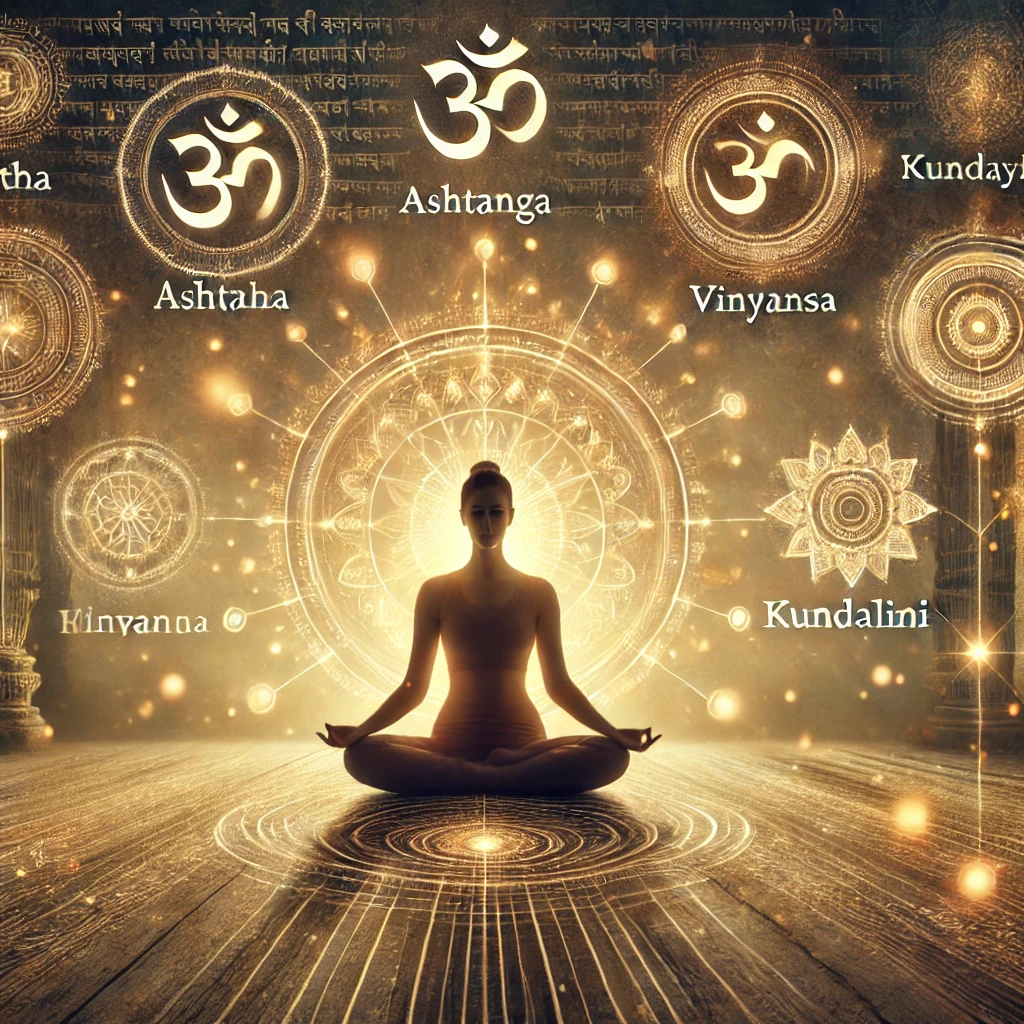In the bustling world of modern yoga, we often hear terms like “vinyasa,” “hatha,” or “ashtanga” tossed around in studio schedules and social media. But how many of us truly understand the rich Sanskrit origins behind these words and the profound philosophical traditions they represent? This exploration into yoga’s Sanskrit terminology offers more than just linguistic knowledge—it provides a deeper connection to a practice that spans thousands of years.
The Language of Yoga: Why Sanskrit Matters
Sanskrit, often called “the language of the gods,” is one of the world’s oldest languages, with roots dating back over 3,500 years. This classical language of ancient India serves as the foundation for yoga’s philosophical texts and terminology. When we speak Sanskrit yoga terms, we’re literally connecting our practice to generations of yogis who came before us.
The precision of Sanskrit is unparalleled—each word carries multiple layers of meaning, nuance, and vibration. This is why many teachers emphasize correct pronunciation during practice. It’s not about linguistic perfectionism but about honoring the energetic qualities these ancient sounds can invoke within us.
Major Yoga Disciplines and Their Sanskrit Roots
Hatha Yoga (हठ योग)
Perhaps the most commonly practiced form in the West, Hatha literally translates to “forceful” or “willful,” from “ha” (sun) and “tha” (moon). This name represents the balancing of opposing energies within the body. When you practice Hatha yoga, you’re engaging in a discipline designed to balance your internal solar and lunar energies through physical postures (asanas) and breath control (pranayama).
Ashtanga Yoga (अष्टांग योग)
Ashtanga means “eight limbs” (ashta = eight, anga = limb), referring to the eight-fold path outlined by Patanjali in the Yoga Sutras. This comprehensive approach to yoga extends far beyond physical postures to include ethical guidelines, spiritual observances, breath control, sense withdrawal, concentration, meditation, and ultimate samadhi (enlightenment). In its modern form, Ashtanga yoga as taught by K. Pattabhi Jois features six established sequences performed in a specific order with synchronized breathing.

Vinyasa Yoga (विन्यास योग)
Derived from the prefix “vi” (in a special way) and “nyasa” (to place), Vinyasa refers to the mindful placement or arrangement of something—in this case, your body. In practice, it describes the flowing movement between poses, synchronized with breath. This dynamic approach emphasizes the journey between postures as much as the postures themselves, creating a moving meditation that builds heat and awareness.
Kundalini Yoga (कुण्डलिनी योग)
Kundalini literally means “coiled snake” and refers to the dormant spiritual energy believed to rest at the base of the spine. This potent practice aims to awaken this energy and guide it up through the chakras (energy centers) to achieve higher consciousness. Practices include dynamic movements, specific breathing techniques, mantras, and meditation designed to activate and harness this powerful internal force.
Jnana Yoga (ज्ञान योग)
Jnana means “knowledge” or “wisdom” and represents the yoga of intellectual inquiry and self-study. This philosophical path uses meditation, contemplation, and self-questioning to distinguish between the temporary self (ego) and the eternal self (atman). For those drawn to intellectual pursuits, Jnana yoga offers a path of liberation through wisdom and discernment.

Bhakti Yoga (भक्ति योग)
Bhakti means “devotion” or “love” and centers on practices that cultivate devotion and surrender. Through kirtan (devotional chanting), prayer, ritual, and worship, practitioners develop a personal relationship with the divine. This heart-centered approach emphasizes that love itself is a spiritual practice and path to liberation.
Karma Yoga (कर्म योग)
Karma means “action” or “deed” and represents the yoga of selfless service. This path teaches that performing actions without attachment to results—serving others without expectation of reward or recognition—purifies the heart and mind. By working for the benefit of others, we transcend ego-driven motivation and find spiritual growth through compassionate action.
Understanding Key Sanskrit Terms in Your Practice
Beyond yoga styles, Sanskrit terminology permeates the practice itself:
- Asana (आसन): Literally “seat” or “posture,” referring to the physical positions in yoga
- Pranayama (प्राणायाम): “Life force control,” encompassing breathing exercises
- Drishti (दृष्टि): “Gaze” or “vision,” the focal point that helps maintain concentration
- Bandha (बन्ध): “Lock” or “bind,” referring to muscular contractions that direct energy
- Mudra (मुद्रा): “Seal” or “gesture,” symbolic hand positions that channel energy
When a teacher instructs you to find “Savasana” (corpse pose) or “Tadasana” (mountain pose), they’re not just using foreign words to sound mystical—they’re invoking specific energetic qualities that these poses are designed to cultivate.
Bringing Sanskrit into Your Modern Practice
You don’t need to become a Sanskrit scholar to deepen your yoga practice, but developing a basic understanding of key terms can profoundly enrich your experience. Here are simple ways to incorporate this ancient wisdom:
- Learn the meaning behind your favorite poses: Understanding that “Virabhadrasana” means “warrior pose” named after the fierce warrior Virabhadra gives context to the strength and courage you’re meant to embody.
- Explore the etymology: Discovering that “yoga” comes from the Sanskrit root “yuj,” meaning “to yoke” or “to unite,” reminds us that the ultimate goal is union of body, mind, and spirit.
- Practice mindful pronunciation: When you chant “Om” or other mantras, allow yourself to feel the vibration of the sounds, noticing their effects on your body and mind.
- Study one tradition deeply: Rather than sampling many styles superficially, consider exploring one lineage more thoroughly, including its Sanskrit terminology and philosophical foundations.
The beauty of yoga lies in its timelessness—while our modern practice continues to evolve, its Sanskrit roots keep us connected to an ancient tradition of wisdom. By learning even a few Sanskrit terms, we honor yoga’s rich heritage while making our own practice more meaningful and complete.
As the ancient texts remind us: “Yogas chitta vritti nirodha” (Yoga is the cessation of the fluctuations of the mind). This profound definition, given by Patanjali thousands of years ago, remains as relevant today as it was when first written in Sanskrit, transcending time, culture, and language to speak directly to the universal human experience.
For more information on traditional yoga practices, visit Yoga Journal and Yoga International for comprehensive resources on deepening your understanding of these ancient disciplines.





